Serial rapist was on the loose for years before an abandoned suitcase put a stop to his crimes
Police say one woman's attack revealed a man responsible for at least 3 others.
On the morning of Feb. 21, 2005, a utility worker, dispatched to a vacant cul-de-sac on the outskirts of Miami spotted something unusual in the weeds a few feet from the street.
It was a woman. She was naked, brutally beaten, but miraculously still alive. Miami-Dade Police estimated the petite, blond-haired woman had been unconscious for almost 24 hours.
"She was dumped out and left for dead," Miami-Dade Police Det. Allen Foote said of the victim.
Watch the full story on "20/20" THIS FRIDAY, April 5 at 9 p.m. ET
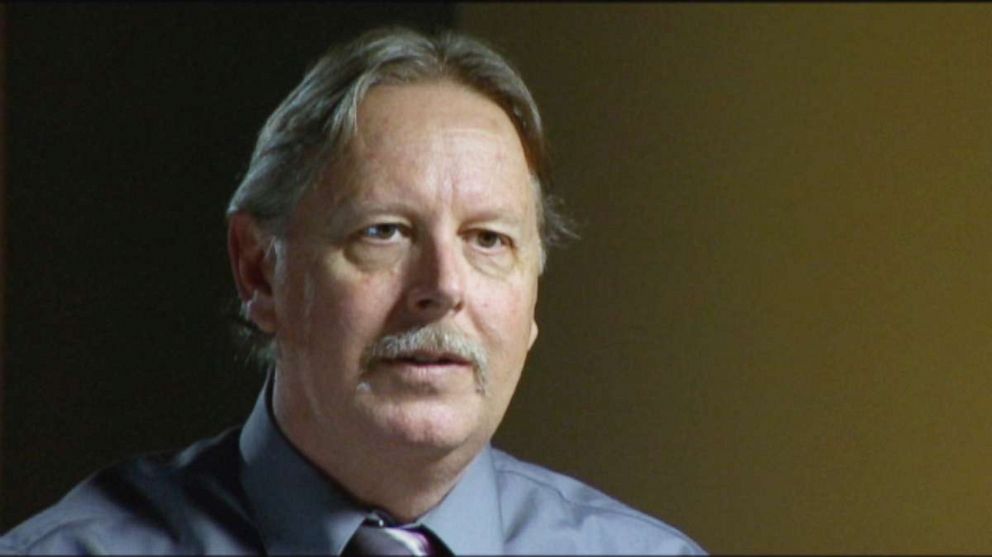
But what investigators didn’t know at the time was they had stumbled into a case that would eventually lead them to a serial rapist who had already claimed victims in another state – and who, according to authorities, would strike again, and again, as he moved around the country.
The mystery woman had been stripped naked, with no means to identify her. A blue blanket was the only potential piece of evidence recovered at the trash-strewn crime scene – yet investigators were unable to gain any information from it. Officers canvassed neighbors living nearby, but turned up nothing.
The next day, the victim emerged from unconsciousness, and through a fog of pain, she tried to communicate what happened to her.
She was unable to speak, but scrawled some basic information on a piece of paper. Detectives learned that her name was Inna Budnytska, she was Ukrainian and she worked for one of the many cruise lines that operate in Miami.

She also wrote down her attorney's name and phone number -- a detail that Foote found "very unusual."
"Maybe they thought it was unusual that someone would ask for an attorney, but this woman had a horrific assault and probably was reaching for anything that she could," said her attorney, Mitchell Lipcon.
In fact, Budnytska, who was 21 at the time, said she had been injured on the ship where she worked, and had filed suit against the cruise line.
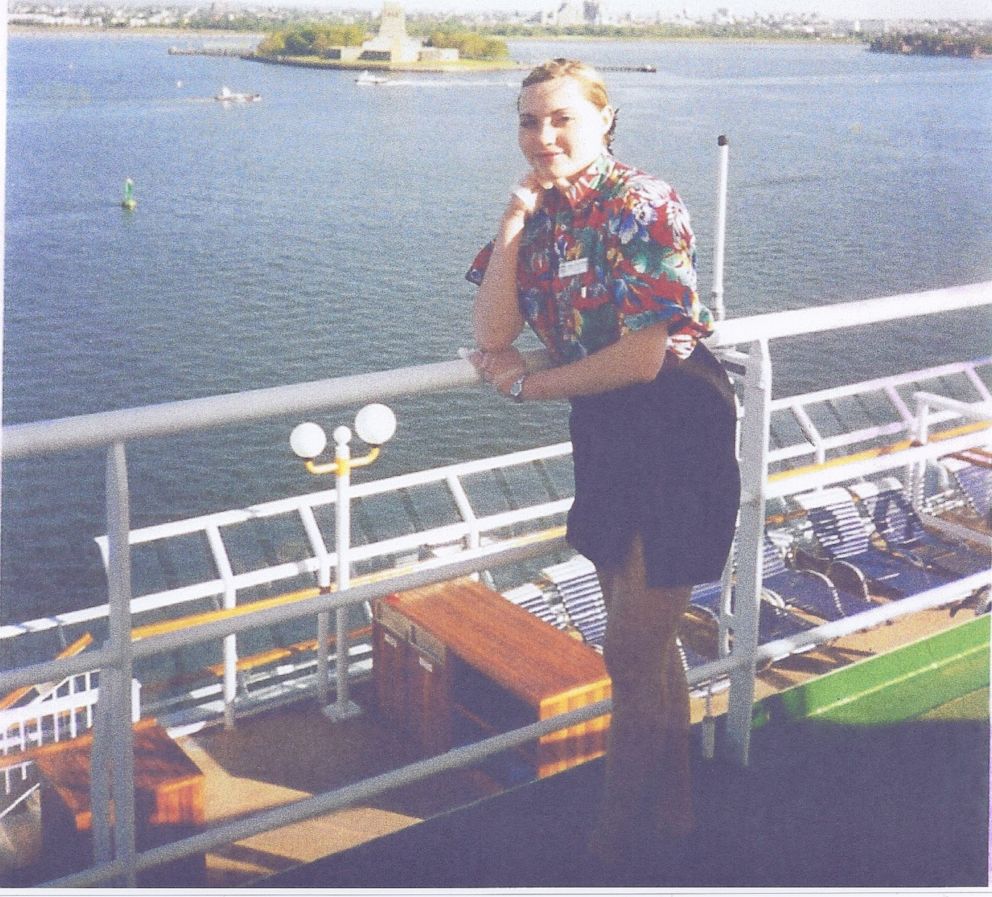
"I didn't know nobody," she said. "I was alone up here. So the only one person who I knew, that was my attorney."
While rehabilitating from her injury, Budnytska was housed by the cruise line at the Miami Airport Regency Hotel, a local hotel about 10 miles east of the cul-de-sac where she was found. The hotel would prove crucial to the mystery -- especially its sophisticated security system.
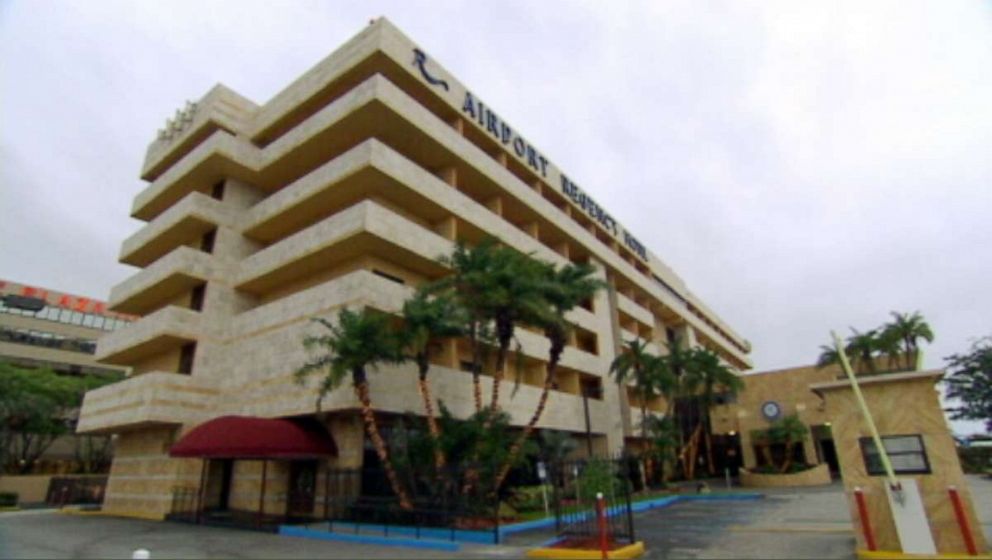
"We have 16 cameras covering the whole perimeter of the hotel," said hotel vice president Jose Vazquez. "Those cameras have a motion sensor detector. We have two security guards at night on duty. So we can see anything that happens."
Foote obtained a pile of DVDs from the hotel's cameras and started scanning them for any evidence of the crime.
Victim struggles to remember events: 'I was in shock'
Once she was able to speak, Budnytska provided a statement about her activities on the night of the attack. She said she'd gone out with a friend that night to a restaurant in Coconut Grove, Florida, returning by herself in a taxi shortly after midnight.
Security cameras recorded her leaving the hotel again at 3:33 a.m. to buy a phone card to call her mother in Ukraine, returning just seven minutes later at 3:40 a.m. Budnytska was then recorded walking to the lobby elevators at 3:41 a.m. ... and was never seen by the cameras again.
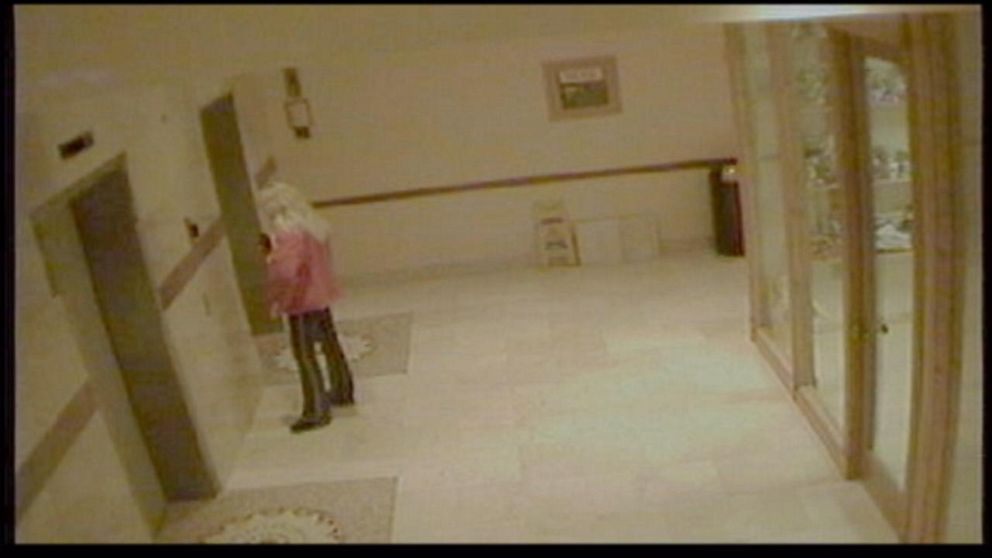
The next thing Budnytska said she remembered was regaining consciousness for a brief moment at the cul-de-sac, where she was discovered at 8:30 a.m. that morning.
"It was very cold ... and dark," she recalled. "I couldn't stand up. I could not walk."
Budnytska remembered that much, but everything that happened in between the elevator and the cul-de-sac was a total blank.
George Perez, the hotel's night manager who had a master key to all the rooms, attracted investigators' attention because he was seen on hotel surveillance video talking with Budnytska at the hotel front desk "several times," Foote said.
Then, at 2:16 a.m., there was an odd encounter -- Perez left the front desk unattended and went into the elevator with Budnytska. He was gone for approximately 15 minutes, and then returned to the desk -- alone.
Perez initially told Foote that he helped Budnytska into her room because she was intoxicated. In fact, he later admitted that he'd been socializing with Budnytska.
"I was friends with her in the workplace; I also had a friendship with her outside of the workplace," he said. "I thought very highly of her."
As the investigation advanced, one new piece of evidence emerged: Budnytska wasn't just beaten, she also was raped -- and DNA from her attacker had been recovered from her body. Samples were obtained voluntarily from Perez and another suspect, a friend of Budnytska's, Peter Dimouleas.
Budnytska also began to piece together more memories of the attack, filling in the time gap between when she last was seen on the elevator cameras and when she was found in the cul-de-sac ... but she could only recall fragments.
"I saw dreams, I saw nightmares," she said. "For me, it was very difficult to realize what was the reality, what was not the reality."
Budnytska told Foote that at least two men were responsible -- Caucasian men, possibly with Spanish accents.
"I don't remember the faces. ... I remember, a person putting, like, a pillow or something," she said. "And then it's dark, you know. It's just like a feeling that you cannot breathe."
Budnytska even tried hypnosis to clarify her memories. She said she remembered being carried down a back staircase out into a car, driving somewhere and being raped in the back seat while "somebody was laughing."
But surveillance cameras didn't show that, and Foote's frustration grew, he said.
"We reached a dead end on that point. It just didn't fit," he said.
He suspected there was more to Budnytska's story than she was able -- or willing -- to tell.
Like many hotels, the Airport Regency had a key-card security system that logged each time a guest swipes their key to enter a room. Security cameras clocked Budnytska entering the elevator for the final time at 3:41 a.m. But the log of key swipes at her door showed her entering her room at 3:58 a.m. -- an unexplained gap of 17 minutes.
That led police to suspect that Budnytska might be a prostitute. They theorized that during the 17 minutes she had gone to service a John, an encounter that could have led to the attack. But Foote said they found "absolutely zilch, nothing to indicate that she was as prostitute," and decided that was not true. Ultimately the time gap also could be explained by two separate clock systems that were not in sync.
For months, the case went nowhere. Meanwhile, Budnytska filed a multimillion-dollar lawsuit against the hotel, citing lax security. Denying any wrongdoing, the hotel hired a private investigator named Ken Brennan to investigate her claims.
A former policeman in Long Island, New York, and a former Drug Enforcement Administration agent, Brennan was fascinated by the mystery surrounding the case and convinced Foote to share information.

"I knew there might be a little reluctance to share any information with me," Brennan said. "I said 'Alan, I'm a good investigator. I'm not going to mess this up on you -- just let me run with it for you.'"
One of the first things Foote shared was the DNA results on the two preliminary suspects. There was no match and both Perez and Dimouleas were cleared.
"I knew that the answer to the mystery had to be in those surveillance tapes somewhere," Brennan said. "You had to watch each and every frame on every video."
Slowly but surely, Brennan eliminated every suspect -- everybody but one.
"On the video, she goes out of the hotel early in the morning," Brennan said. "When she comes back about a half-hour later, there's a big, large, black man standing with her, and she just has a quick conversation with him. They get onto the elevator together."
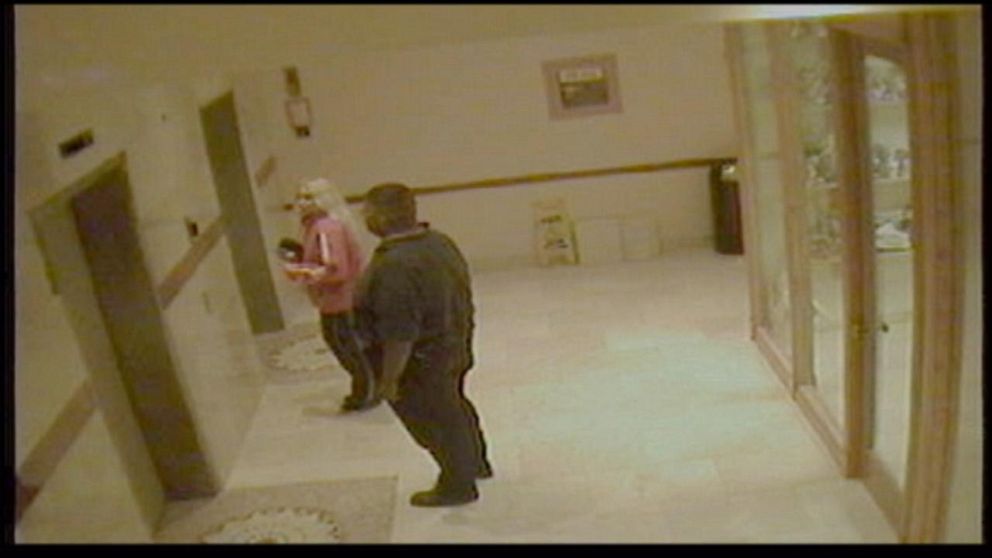
The man can be seen entering the elevator with Budnytska at 3:41 a.m., then exiting the hotel with a suitcase at 5:28 a.m. But Brennan thought there was something strange about the way the suspect gave the suitcase a strange extra tug to get it loose from a gap in the elevator floor as he was leaving.
"I've done this, and you've done this countless times coming out of an elevator: did you ever get it stuck so bad that you had to yank on it like that?" asked Brennan. "A light bulb went off and I said, 'This is the guy, and she's in that suitcase.'"
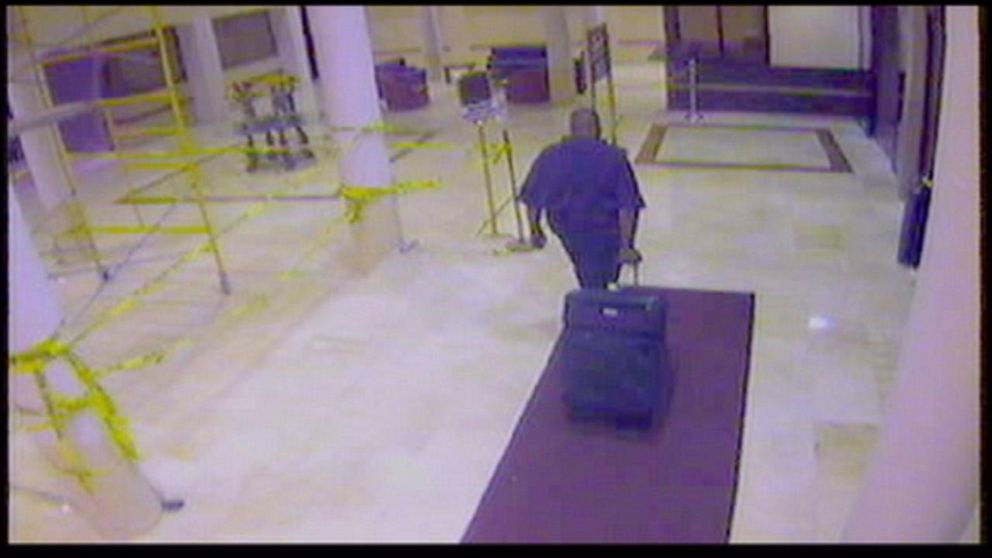
Searching for clues to the man's identity on the security tapes, Brennan noticed that he was frequently accompanied by another man who had the word "Verado" written on the back of his t-shirt.
An internet search revealed the Mercury Marine company was producing a new outboard engine model called Verado. Brennan realized the two men were working at the Miami Boat Show that was held the week of the crime. Mercury was a major exhibitor, but none of that company's employees stayed at the Airport Regency.
Brennan discovered that the only shirts given out during the boat show were to food court employees working for a company named Centerplate. About two weeks later, Brennan got a call: someone remembered a man at one of Centerplate’s locations in New Orleans who matched the description, who'd been hired for the boat show out of the New Orleans area.
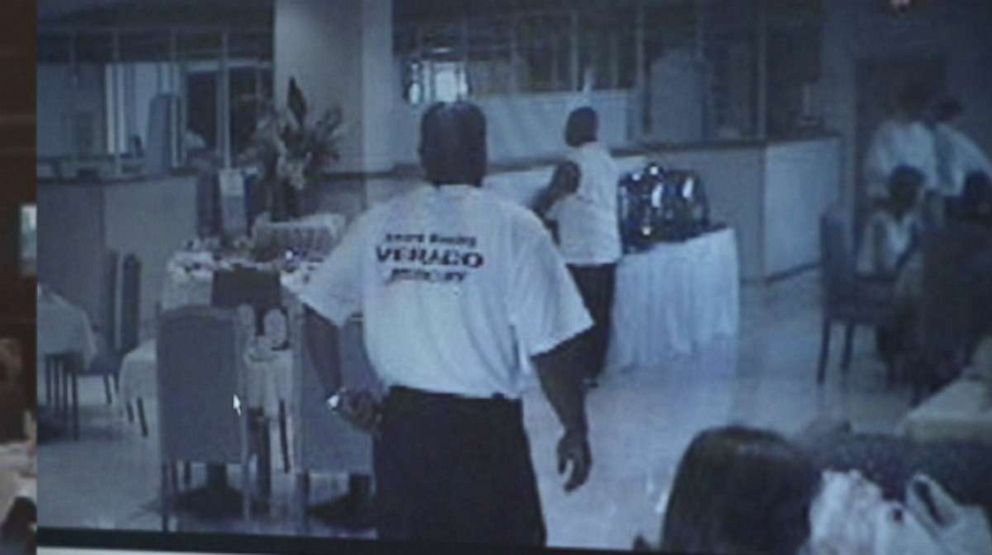
With the help of a friend inside the New Orleans Police Department named Capt. Ernest Demma, Brennan found out the mystery man was working at the Superdome when Hurricane Katrina hit.
The man's name was Michael Lee Jones. Sure enough, records showed Jones was staying at the hotel that night.
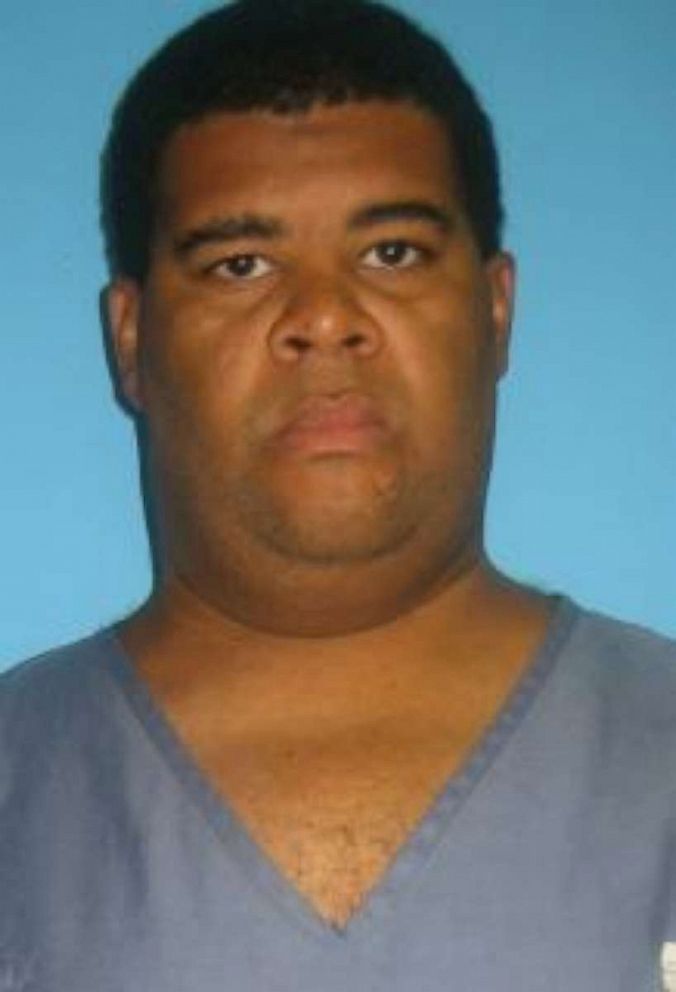
Unfortunately, in the wake of Katrina, Jones -- like countless others in New Orleans -- had left. By the time of Brennan's investigation in 2006, he was no longer with Centerplate and no one knew where he was.
So Brennan built a master list of the major catering and concession companies in the country. He called them one-by-one looking for a Michael Jones.
After a lengthy search, Brennan finally hit upon a company called Ovations, based in Tampa, Florida. After a subpoena was issued, the company confirmed that Michael Jones was on its payroll and managing concessions at a minor league baseball park in Frederick, Maryland.
Private detective: 'I'm going to be coming for you'
In spring 2006, Jones was living in a modest apartment in Frederick, 1,000 miles away from the Airport Regency in Miami. Foote was reluctant to collect a DNA sample from a man he believed was "just another lead.”
But Brennan was certain and convincing.
In April 2006, Foote interviewed Jones, who confirmed he was in Miami working at the boat show and staying at the Airport Regency when Inna Budnytska was attacked. But he denied ever having sex with anybody at the hotel and said he would "absolutely" provide a DNA sample.
It would take months for the DNA test to come back and, in the meantime, Brennan made his own trip to Maryland and got Jones to meet him at the ballpark.
"I interviewed him for three days," Brennan said, "and basically he told me, you know, 'I don't know what you're talking about, I don't know who you're talking about.'"
Brennan concluded those sessions with one final message: "I'm going to be back, and I'm going to be coming for you."
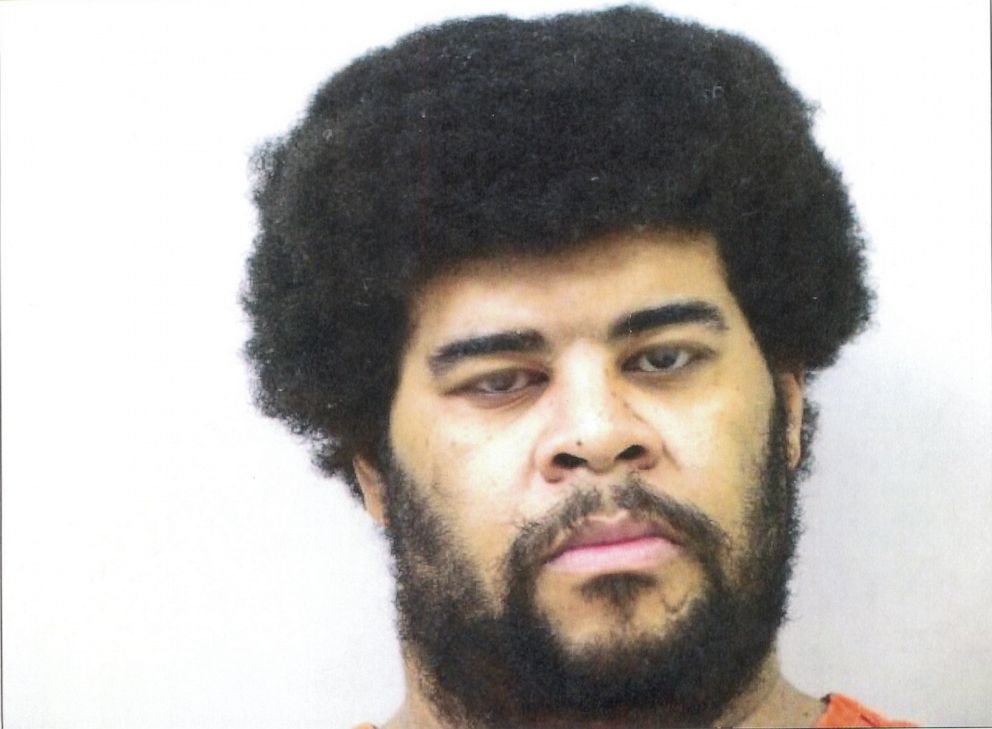
When Jones' DNA results matched DNA found at the crime scene, he was arrested and interrogated.
He maintained his total innocence "right to the very end, the bitter end," Brennan said.
Jones was charged with sexual battery and kidnapping, but the case nearly fell apart before it went to trial.
Brennan believed that after beating and raping Budnytska in his room, Jones stuffed her in his suitcase, walked out of the hotel without attracting the attention of the night manager George Perez, and drove off at 5:31 a.m.
His theory was that Jones dumped the body, turned around, and made it back to the hotel at 6:21 a.m. with time to spare before he was to start work that day at the boat show. He sauntered into the hotel restaurant at 7:59 a.m. and joined his friend at breakfast. Then they headed out to the parking lot and off to work.
But Budnytska refused to accept that theory, instead sticking to her original story that the attack happened in her room. And most of all, she'd originally told police she'd been attacked by a number of Caucasian men, not a lone African American man.
Her muddy memory could have been the result of the massive head trauma she sustained, or perhaps Jones slipped her some kind of drug. In any case, she made a flimsy witness.
"So unfortunately, the prosecution has to look at the fact that: Is a jury going to believe this flip-flopping?" Foote said.
Besides the circumstantial evidence on the surveillance video, the case started getting thin. The DNA match only proved that sex took place -- not necessarily rape. Under interrogation, Jones never confessed to Brennan or Foote. The suitcase never was recovered. And unfortunately, just like Michael Jones's rental car, his hotel room had been cleaned countless times in the year before he was ever identified, probably destroying any evidence.
"We believe that they couldn't prove the case beyond a reasonable doubt," said Jones' defense attorney, C. Michael Cornely.
Jones was charged with a number of felonies in Budnytska’s case that stemmed from raping, kidnapping, and beating her. But, instead of having the case go to trial, he worked out a deal with Miami prosecutors in 2006 in which he pleaded guilty to one count of sexual battery with a weapon and aggravated battery in Budnytska’s case in return for having the more severe charges dropped. His prison sentence was just two years.
"I was angry," Budnytska said. "I couldn't do anything. I'm not familiar with the justice system. But I was upset inside."
But Brennan suspected this was not Jones' first crime.
Brennan knew Jones' work took him to cities all over the country, giving him plenty of opportunity to meet new women and then disappear.
Brennan convinced the Miami-Dade police to enter Jones' DNA into Combined DNA Index System (CODIS), the FBI's national database, which they did in late 2006. Within a few years, three new hits came up for Jones’ DNA: a case in Colorado Springs, Colorado, and two cases in New Orleans.
Det. Terry Thrumston of the Colorado Springs Police Department’s sex-crime unit, received a call in 2007 notifying her there was a match in CODIS that connected Jones to a December 2005 cold case.
In that case, Jennifer Roessler, 41, was seen leaving a local convenience store just minutes before she was attacked.
"She was by herself," said Thrumston. "She was a woman, alone, walking at 2:30, 3 o'clock in the morning.”
Jones was working concessions at the Colorado Springs World Arena in December 2005. It was about nine months after the 2005 attack on Inna Budnystka in Miami was reported and about three months after Jones left New Orleans in the wake of Hurricane Katrina, authorities said.
"She accepted a ride from a stranger, who took her back to her apartment," Thrumston added. "He asked for a drink of water; then she asked him to leave. He then sexually assaults her."
Roessler's decision to let the man into her apartment raised the possibility the sex was consensual. The case had gone cold until the CODIS match hit on Jones.
Then there were two DNA hits in New Orleans. One was for the case of woman, who agreed to be called “Rachel,” who was visiting New Orleans for Jazz Fest in May 2003 when she reported that a man offered her a ride, then her drove to a secluded area and assaulted her.
"She was able to describe exactly what had happened to her six years later," Thrumston said.
Perhaps the most compelling evidence against Jones was a composite sketch “Rachel” made with New Orleans police of the man who raped her.
"It looked almost identical to what Michael Lee Jones looked [like] in the courtroom," said Thrumston.
Lorraine Gautreaux, the victim in the second New Orleans case, also had a similar story. Gautreaux told police she had been raped in June 2003 by a man who had offered her a ride.
“I [was] walking down the street, when he snatched me up and he put me in his car. He took me somewhere around City Park in New Orleans,” Gautreaux said. “He had me pinned to where I couldn’t even move… At one point he put a knife to my throat, told me if I’d go to the police, he would find me again one day and kill me…. I was scared to death.”
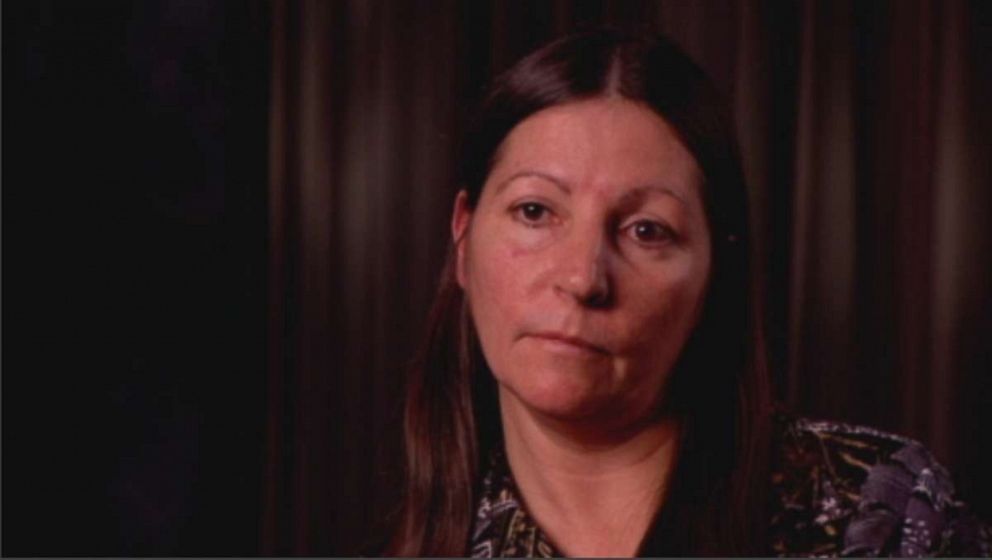
Gautreaux said she also believed “he had done this before” based on his demeanor: “He was calm, cool and collected, he never raised his voice… ‘cause he knew exactly what he was doing.”
Both New Orleans cases had sat unsolved for years until the CODIS hits.
In July 2008, as Jones’ Florida prison sentence for the Budnytska’s case was coming to an end, he was extradited to Colorado Springs to stand trial for attacking Roessler.
Roessler died from natural causes unrelated to her rape before she had a chance to testify against Jones by the time he went to trial in 2009, so prosecutors called on Budnytska and the New Orleans to serve as witnesses.
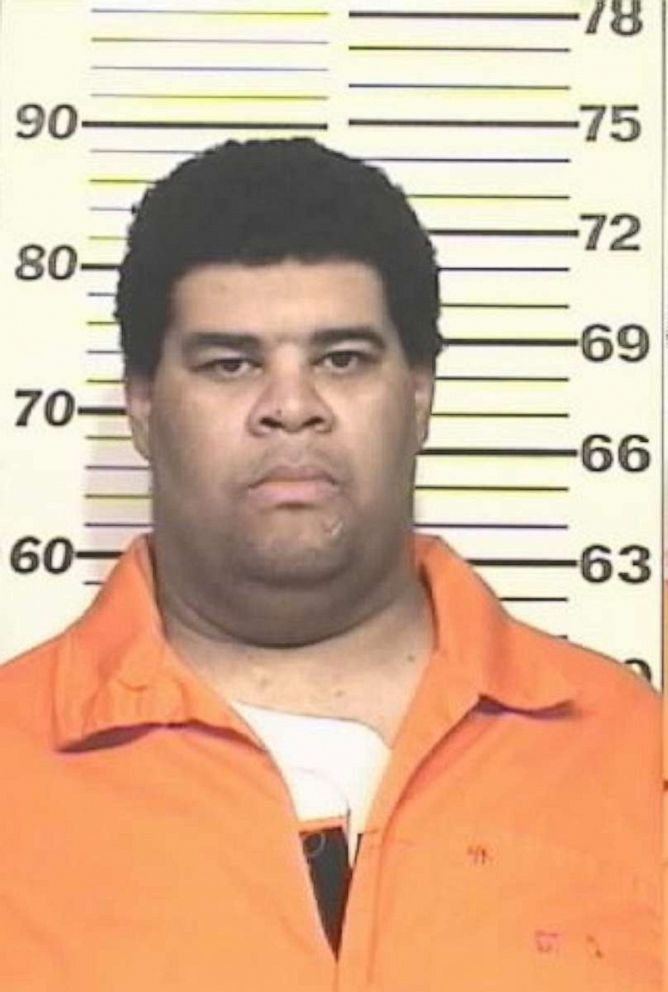
Jones pleaded not guilty to sexual assault in the Colorado case. At trial, the defense tried to argue the sex with Roessler was consensual, but with DNA hits from multiple women all claiming rape, the jury didn't buy it.
"Within a couple hours, the jury came back and said he's guilty," Thrumston recalled.
Jones was sentenced to 24 years to life in prison for the attack on Roessler.
"I feel happy," Budnytska said of Jones' sentence. "The criminal is where he's supposed to be, and he is never gonna hurt nobody in the future."
Editor's note: An earlier version of this story spelled the Miami-Dade detective's name incorrectly. The correct spelling of his name is Allen Foote.




